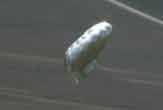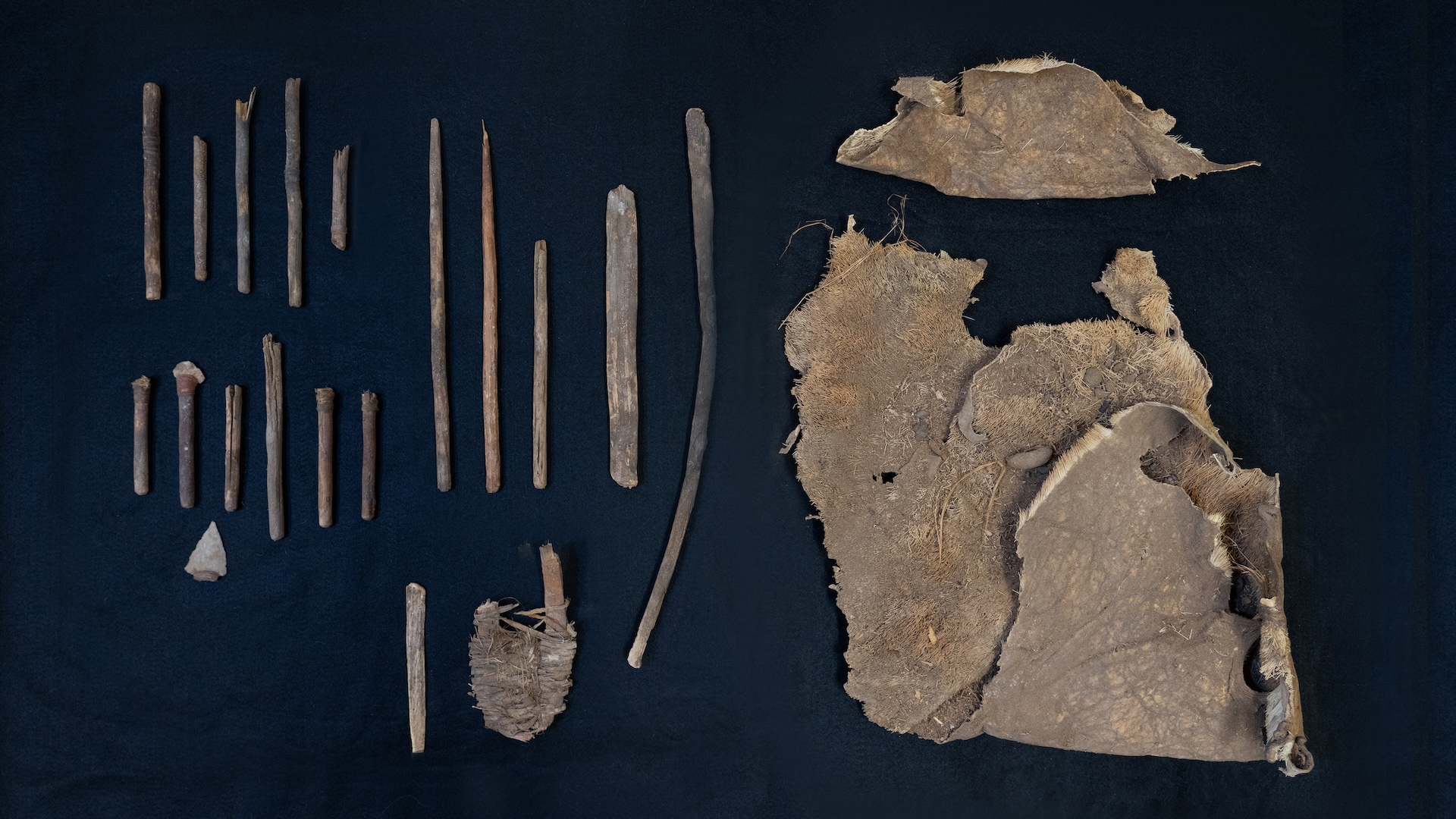Balloon Boy Saga Offers Lesson in Eyewitness Testimony

A six-year-old boy named Falcon Heene was thought by many to have been floating alone through Colorado skies on Thursday in a silvery weather balloon created by his inventor father. It turned out that he was safe at home hiding from his parents (so goes one story), but the news caused a media frenzy as many watched the unfolding coverage.
What has been lost in all the finger-pointing and confusion is that a lying (or mistaken) eyewitness was at the root of the concern.
The fact that a large silver balloon flew in the air was, by itself, hardly worth noting. No, what propelled the story to international importance was the first-person eyewitness account of Falcon's brother Brad. According to Sheriff Jim Alderman, police questioned Brad several times about what he had seen shortly before the balloon flew away. "He said he saw his brother climb into that apparatus and he was very adamant, they interviewed him multiple times and that was his consistent story."
At that point the concern became for the safety of the young boy, not an escaped balloon: Had he fallen to his death? Was he still aboard the balloon? He had been abducted? Where was the child?
Police were at first skeptical, but the boy repeated his story and insisted on the truth of what he'd seen. Many people (and journalists) probably thought, "Why would a child lie about something like that?"
Perhaps it was all a publicity stunt or hoax, and the boy lied because his parents told him to. Or perhaps the boy had some strange, sudden hallucination that made him think he really did see his brother climb about the craft. Or maybe sometimes kids just lie about anything, for no particular reason [parents are known to lie to their children, a lot].
Much is often made of first-person eyewitness testimony in our society; some people have even been convicted of crimes based on little more than one person saying, "I saw this happen." But just because a person swears to have personally seen something, and consistently sticks to his or her story, does not mean it's true.
Sign up for the Live Science daily newsletter now
Get the world’s most fascinating discoveries delivered straight to your inbox.
Benjamin Radford is managing editor of the Skeptical Inquirer science magazine and investigator with the Committee for Skeptical Inquiry. His books, films, and other projects can be found on his website. His Bad Science column appears regularly on LiveScience.












